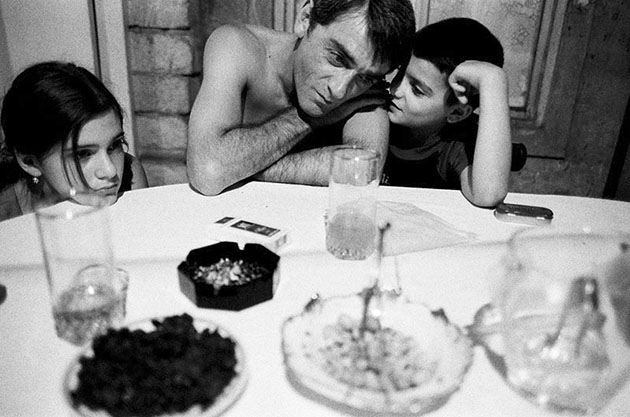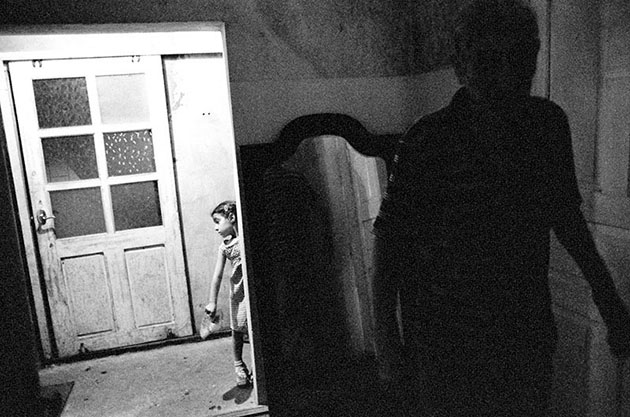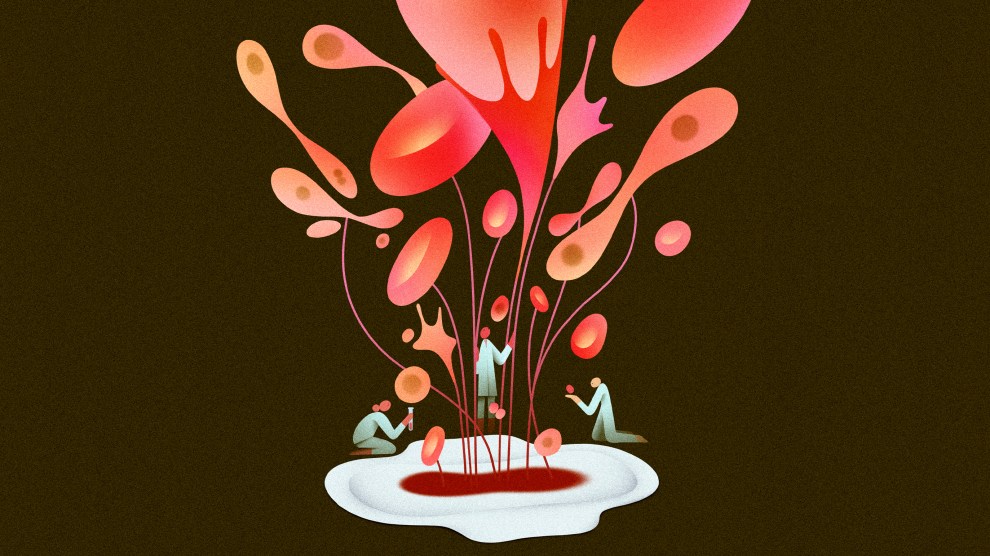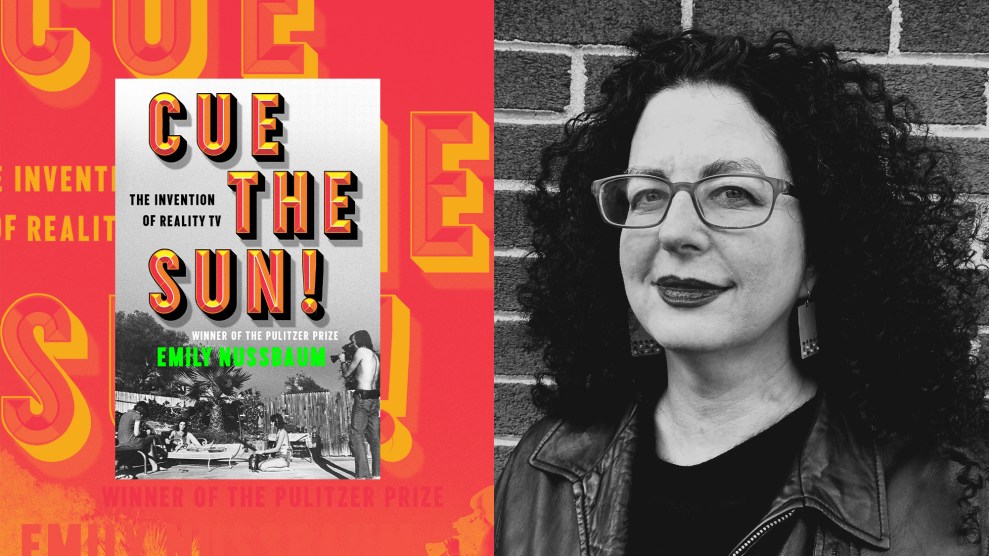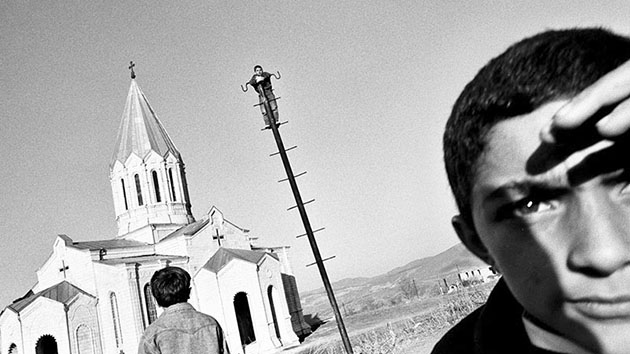
Shushi, 2002. Ara Oshagan
Ara Oshagan was one of many photographers who came to me at the Palm Springs Photo Festival with a portfolio to share. I was reviewing portfolios for the third day in a row. At these kind of events reviewers face a steady flow of photographers eager for feedback, work, or a promise to publish an existing project. The quality of work is all over the place, but most of it is geared towards the more lucrative commercial photography market. There was a lot of great work to be sure, but after three days it all started to look the same. So when Ara showed me the body of work that would become his Father Land book—grainy black and white, intimate, loose—it was like stepping outside after being trapped in a smoke-choked conference room.
Father Land is an intensely personal project, a collaboration between Ara and his father Vahé, who wrote the text for the book (in English and Armenian). Together they explore the Republic of Nargorno-Karabagh, the mountainous Caucasus region from which they come. The photos have a classic, almost timeless feeling. It’s reminiscent of Antonin Kratochvil’s work documenting the Czech Republic, Jason Eskenazi’s magnificent book Wonderland, or Anthony Suau’s vast exploration of the former Soviet Union in Beyond the Fall.
That isn’t to say Oshagan’s work is derivative. He brings the keen eye of a street photographer to the largely quiet villages of Karabagh. Each frame is full with shadows, movement, people…even stillness occupies space in the images featured here. These are photos that allow you to go back again and again, finding something new each time. It’s a book worth keeping around to re-examine every once in a while. —Mark Murrmann
(Published by powerHouse Books, 2010)












